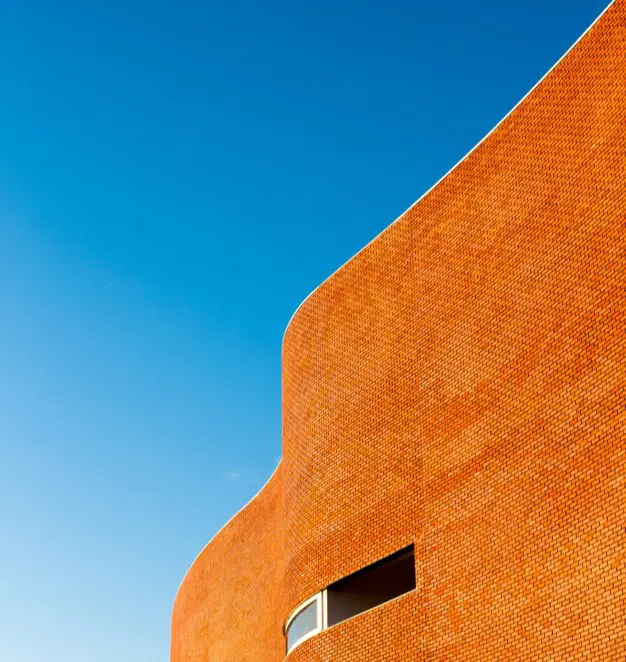One of the key benefits of mycelium bricks is their lighter weight. Traditional bricks can be heavy and cumbersome to transport, which can increase the cost of construction. Mycelium bricks, on the other hand, are made from a natural material and are much lighter in weight, making them easier to transport and handle.
Mycelium bricks also have a higher insulation value than traditional bricks, making them more energy-efficient. The tiny, interconnected cells of the mycelium are able to trap air and water vapor, providing a natural insulation barrier. This means that buildings constructed with mycelium bricks can potentially have better energy efficiency, as they can help regulate the temperature inside the building and reduce the need for heating and cooling.
In addition to their lighter weight and higher insulation value, mycelium bricks are also completely biodegradable. This makes them a more environmentally-friendly option than traditional bricks, which can take hundreds of years to decompose. Mycelium bricks can be disposed of in an environmentally-friendly way once they have reached the end of their life, making them a more sustainable choice for the building industry.
So how are mycelium bricks made? They are created by growing mycelium on a substrate of agricultural waste, such as straw or sawdust. The mycelium consumes the waste and grows into a brick-like shape, which can then be dried and used as a building material. This process is relatively simple and requires minimal resources, making it a more sustainable option than traditional brick manufacturing methods.
While mycelium bricks are still a relatively new building material, they have the potential to revolutionize the industry. Their unique properties and sustainability make them an attractive alternative to traditional bricks, and as more architects and builders become aware of their benefits, we can expect to see a greater adoption of mycelium bricks in the construction industry.


